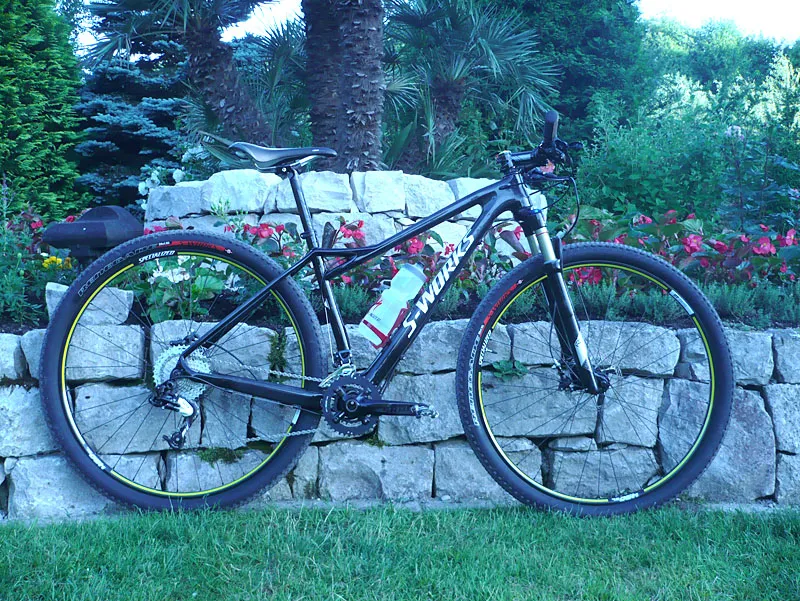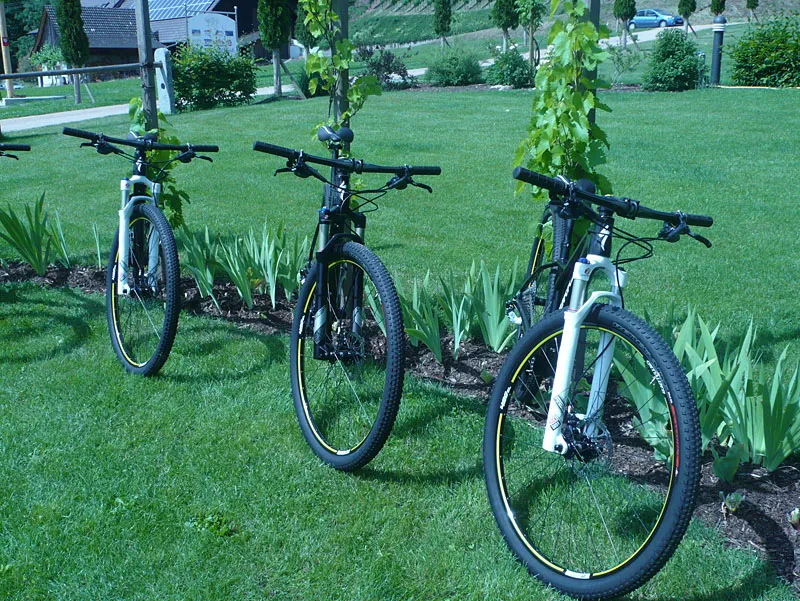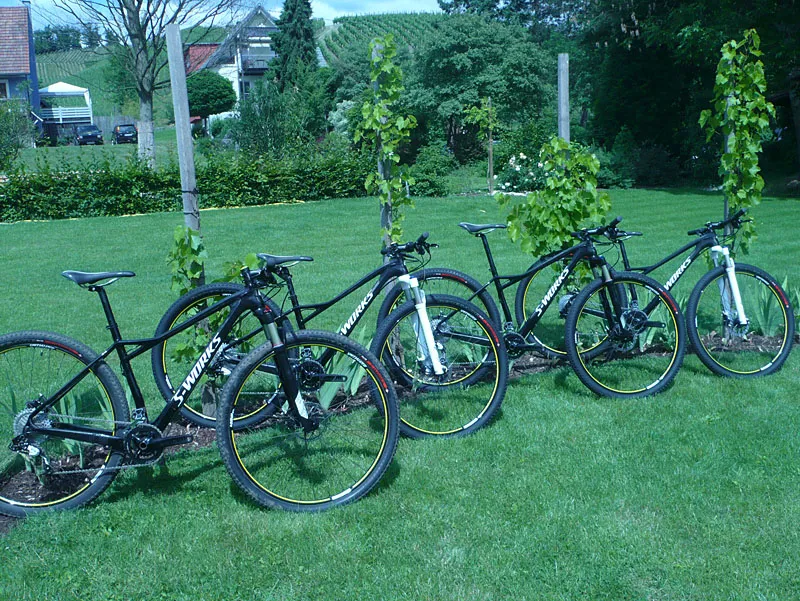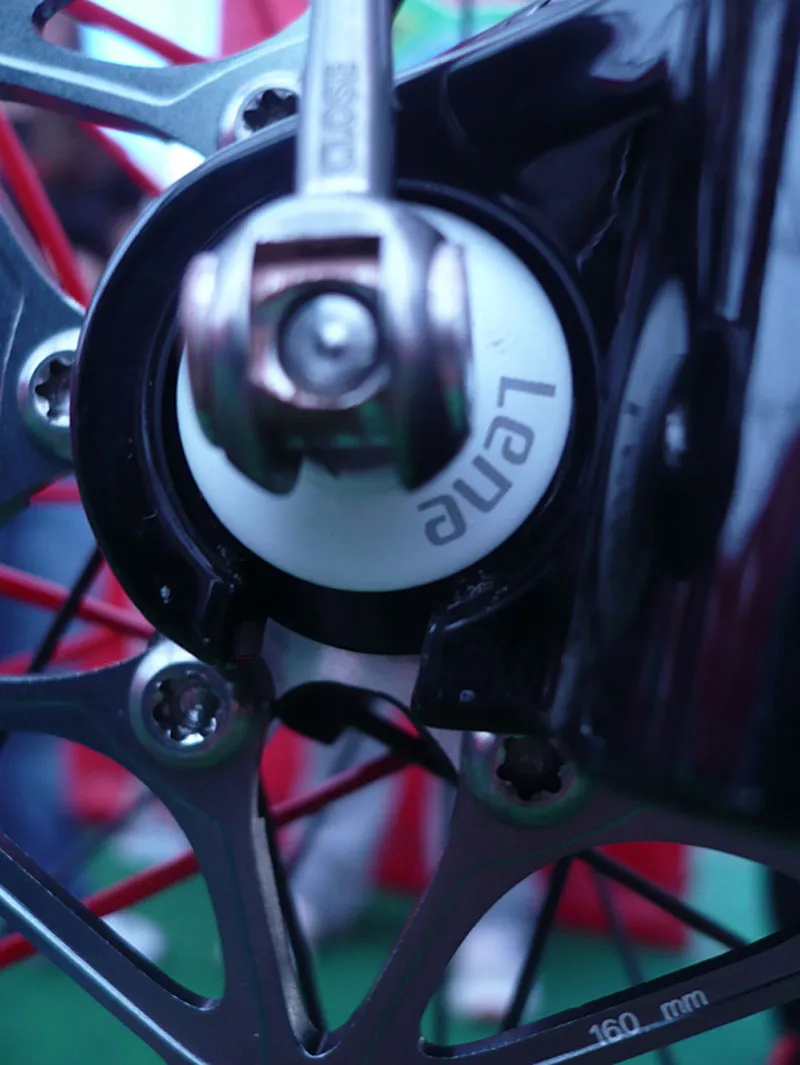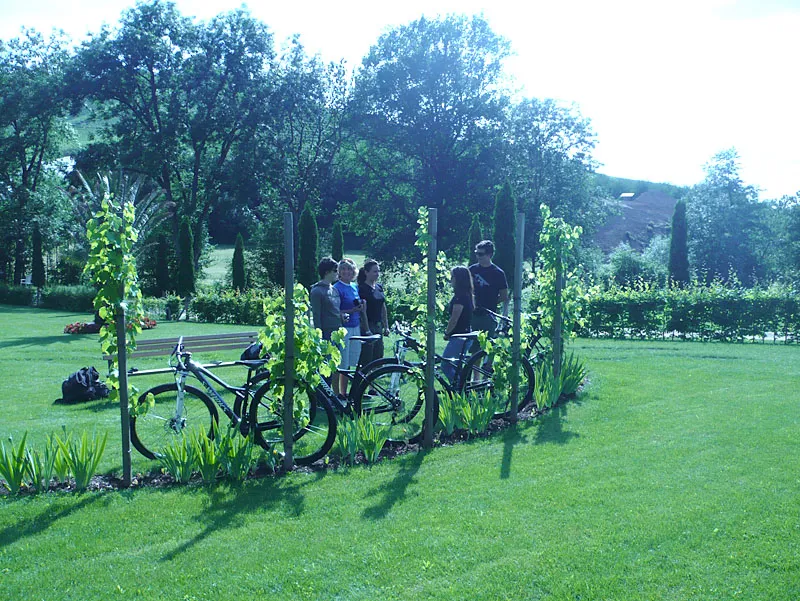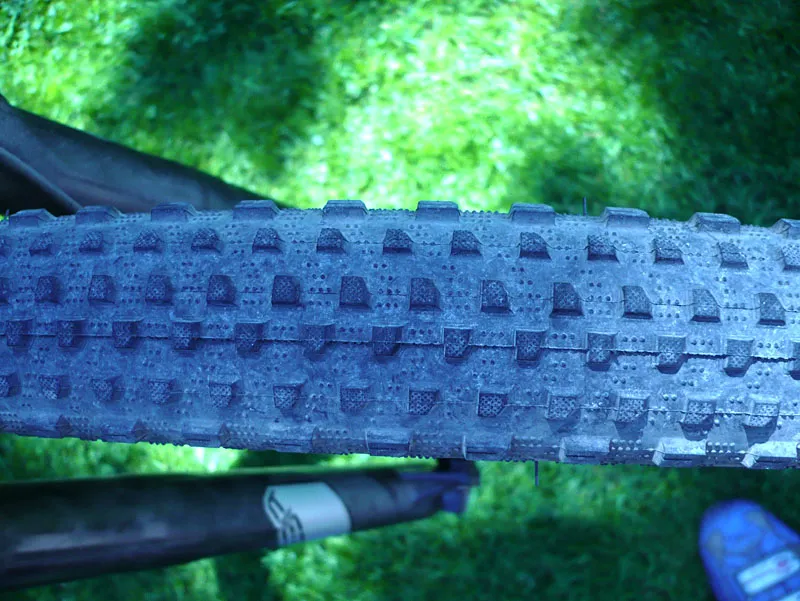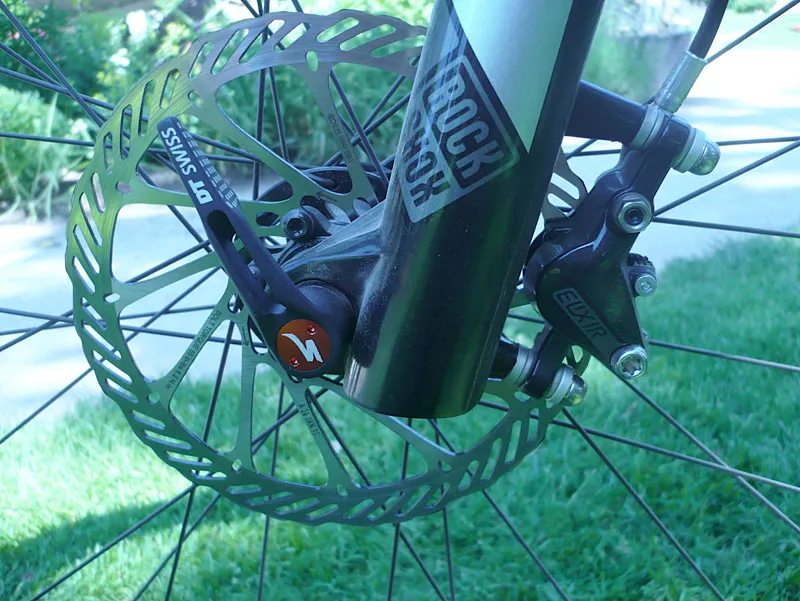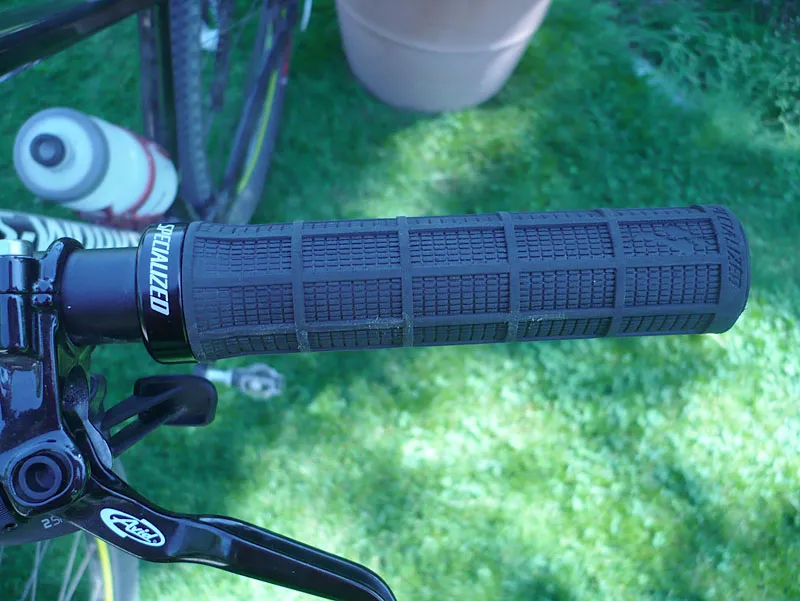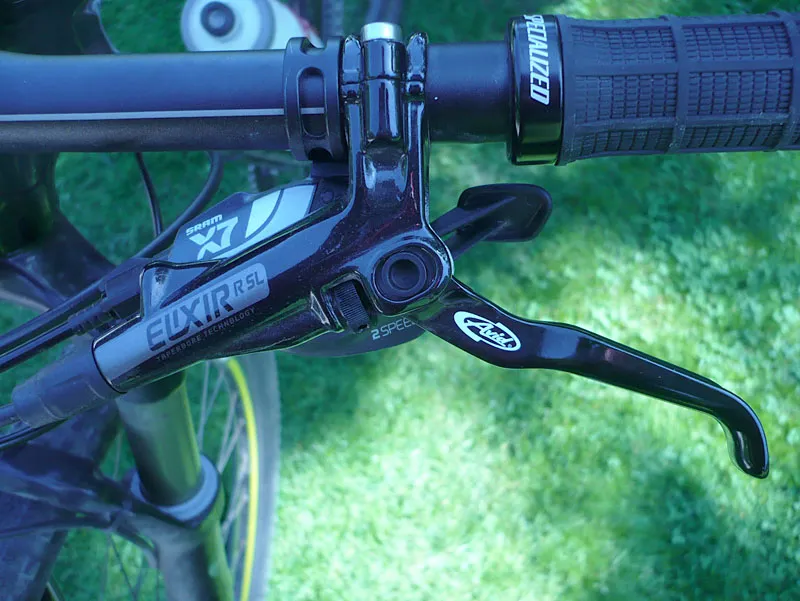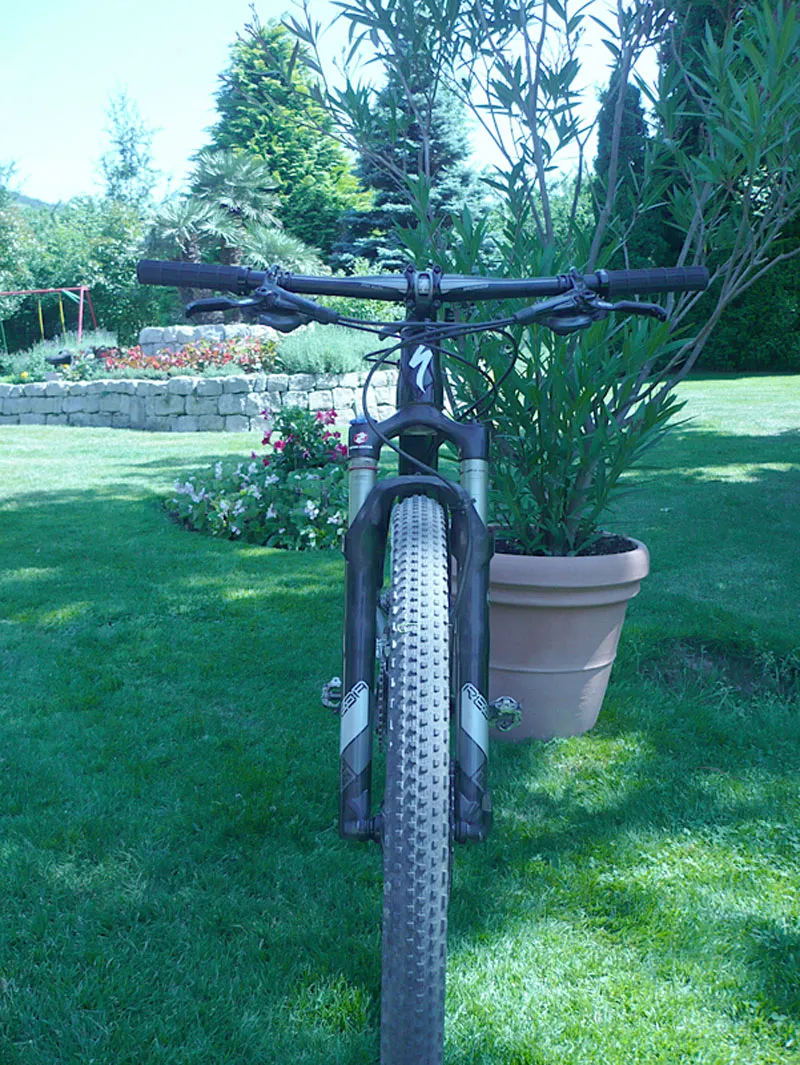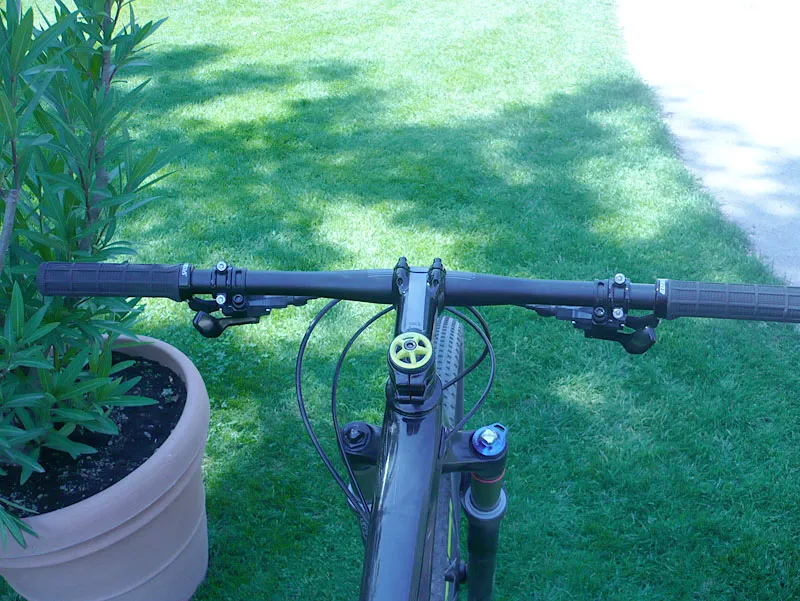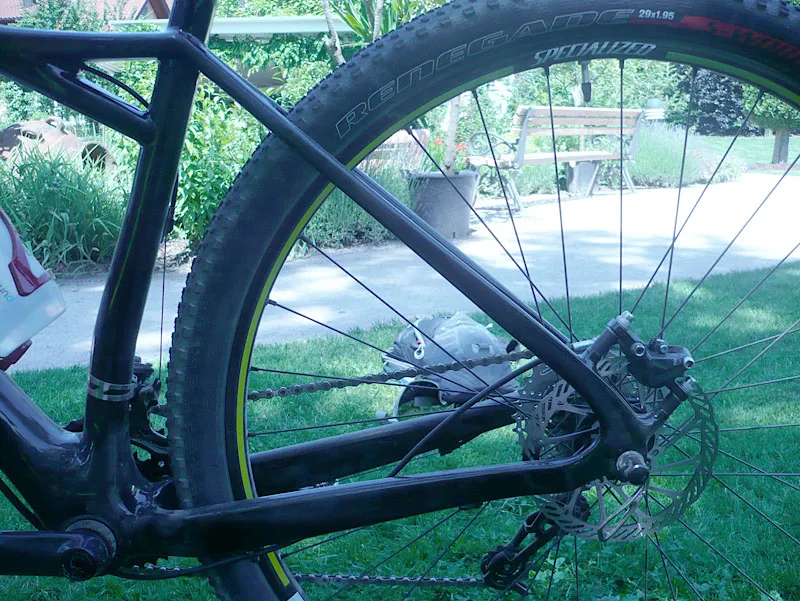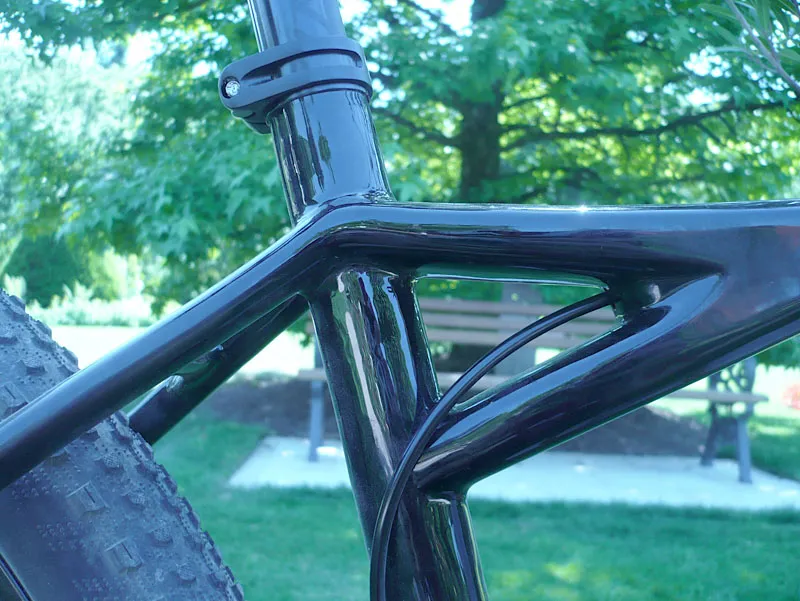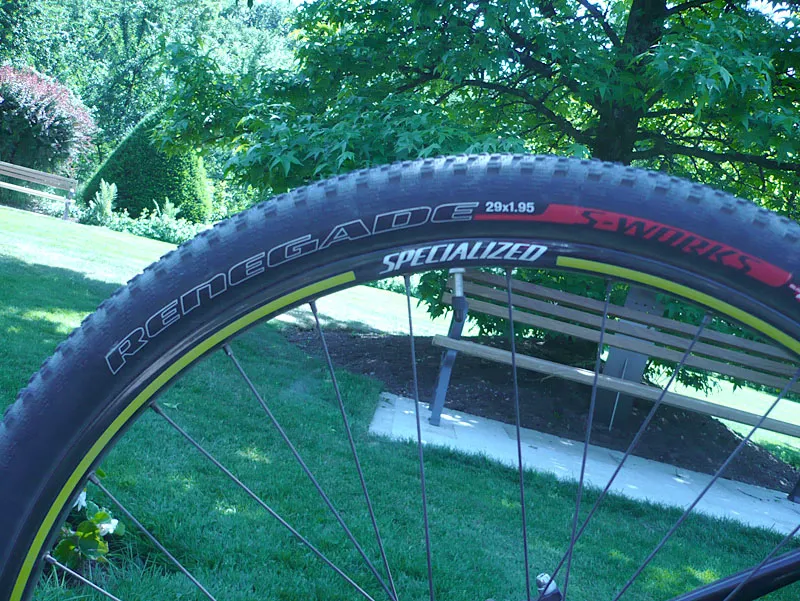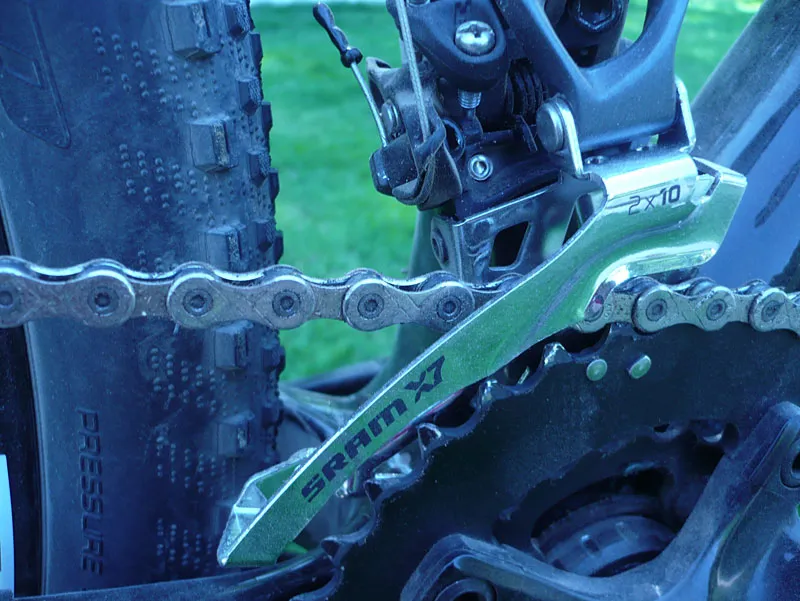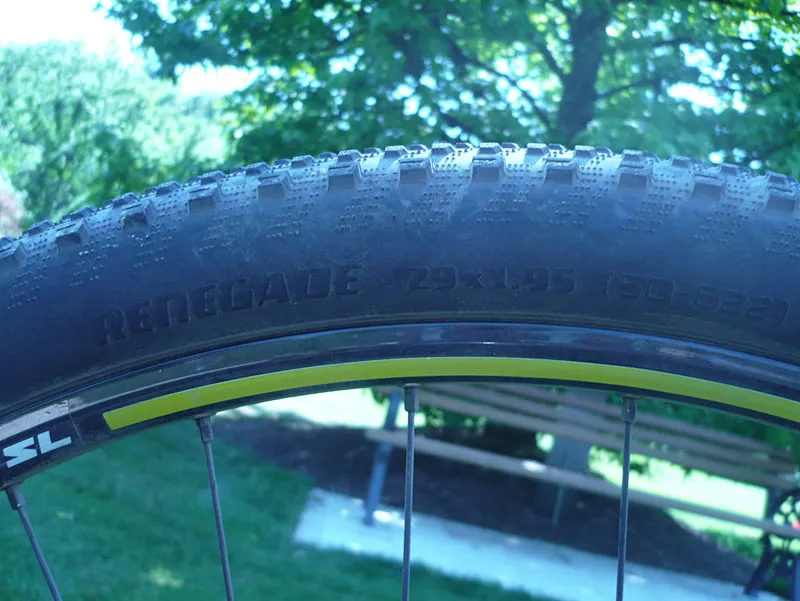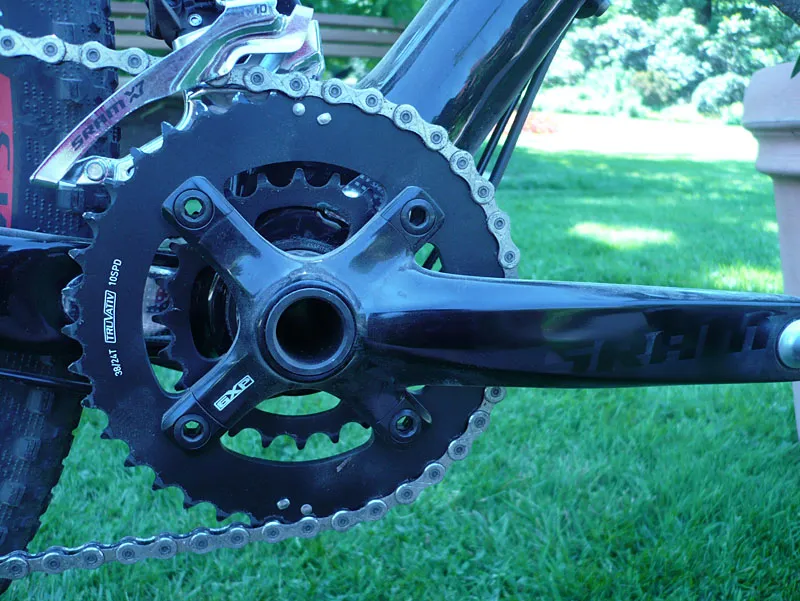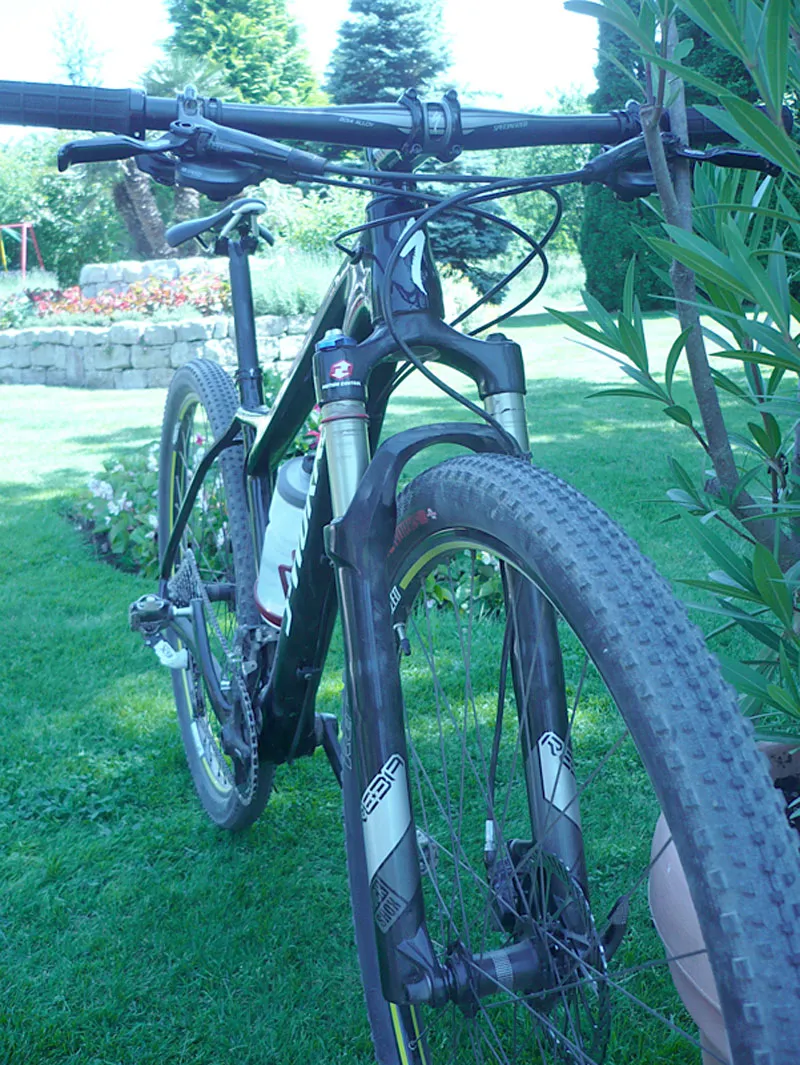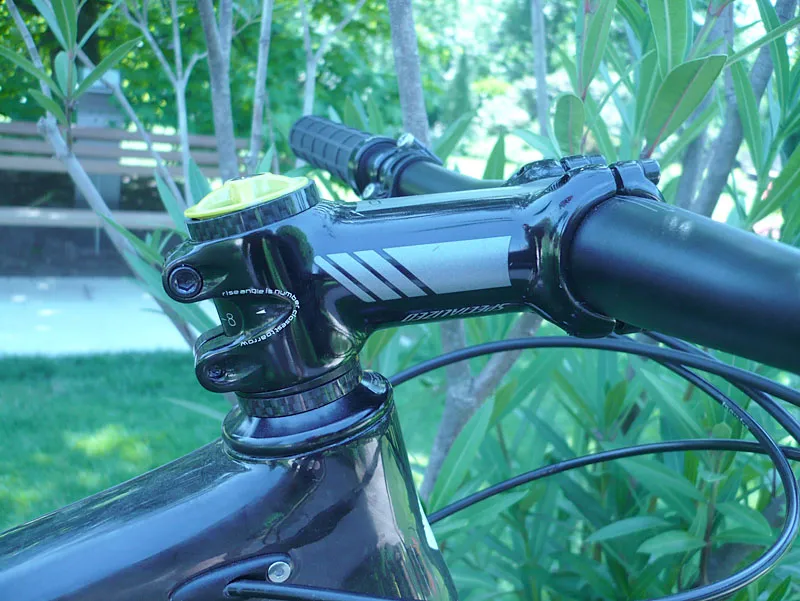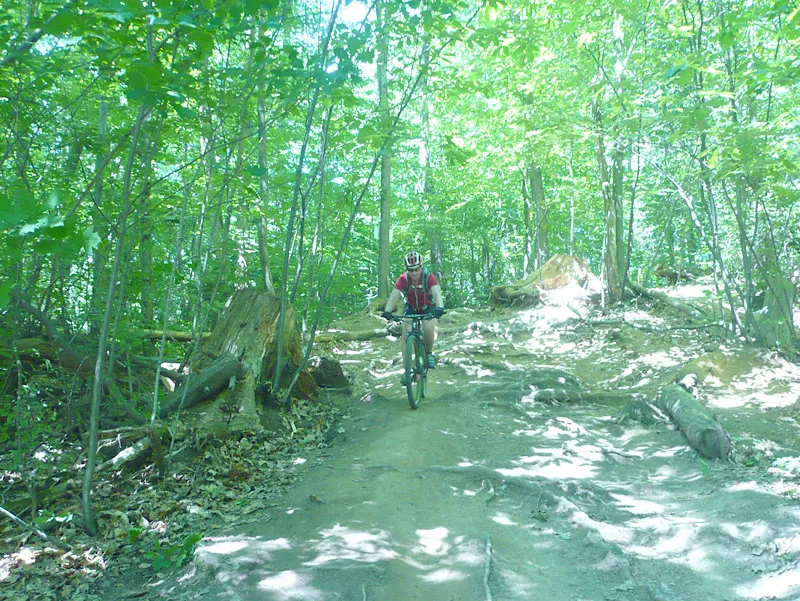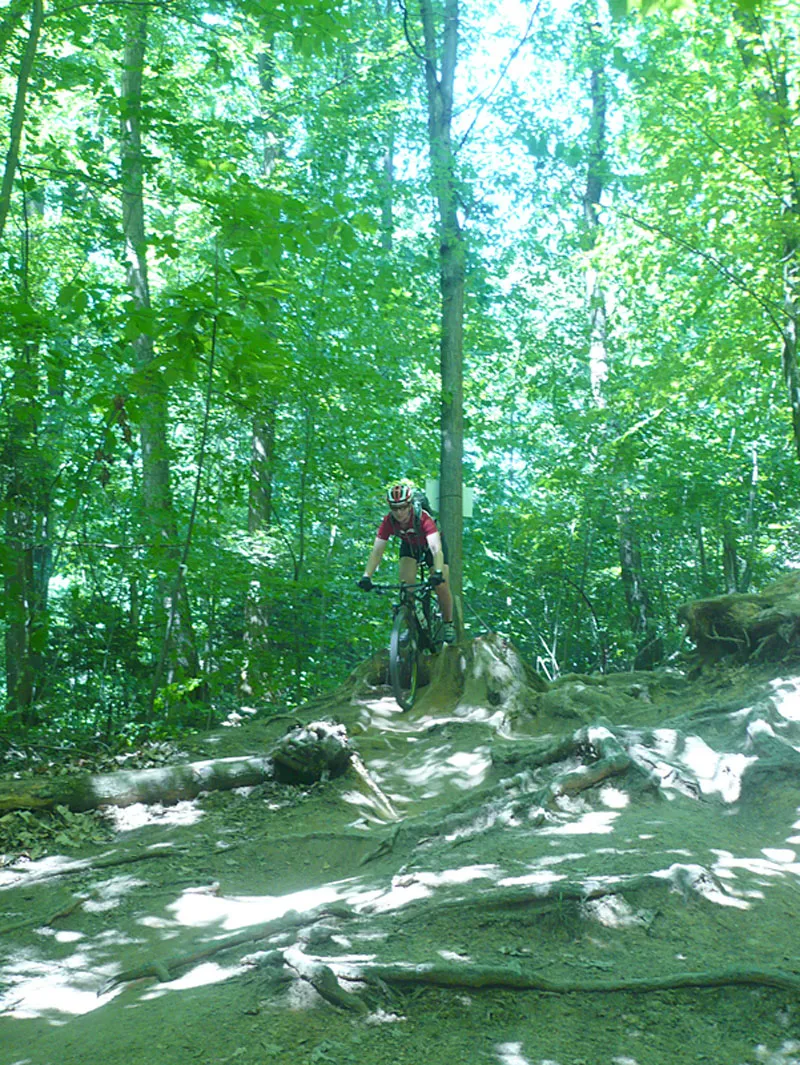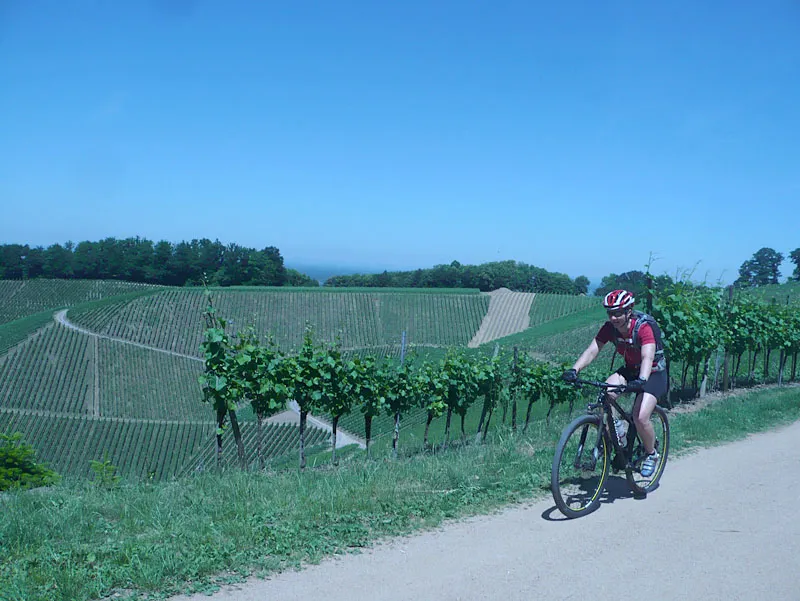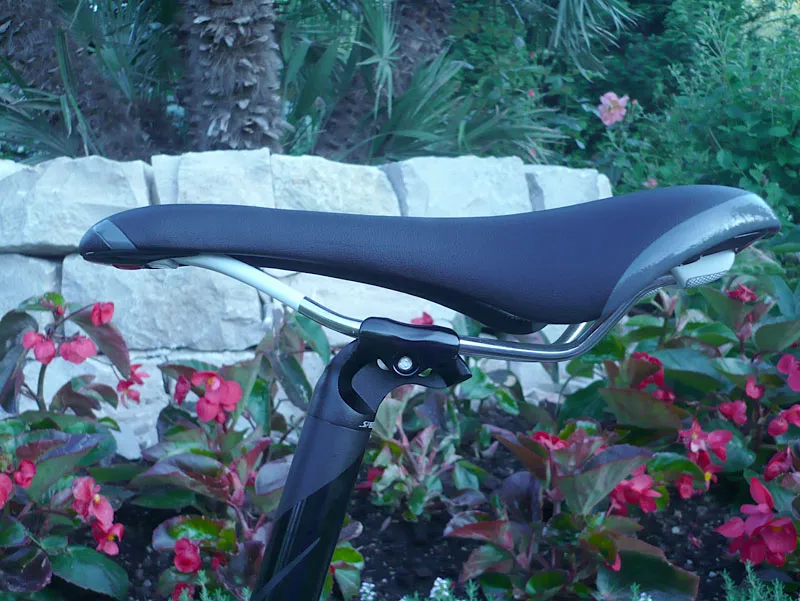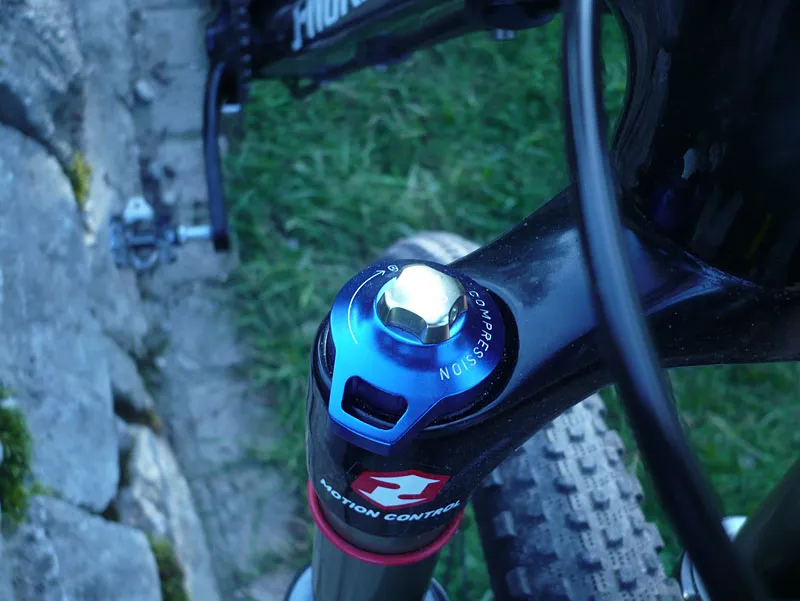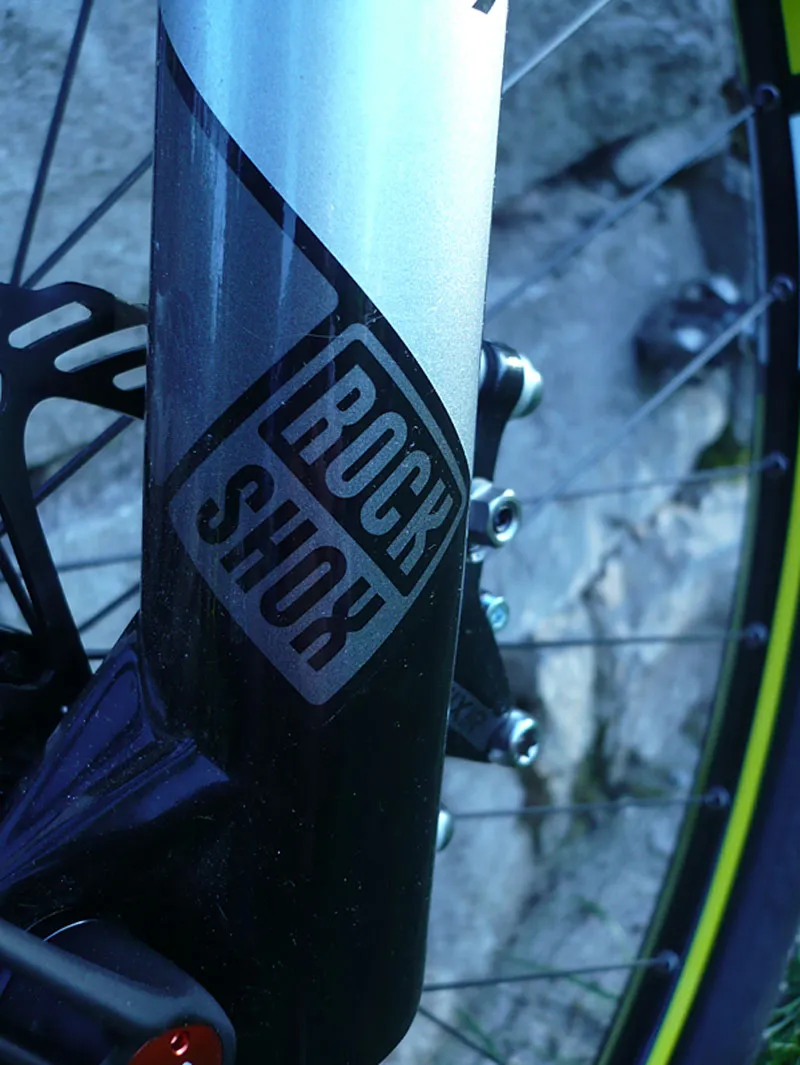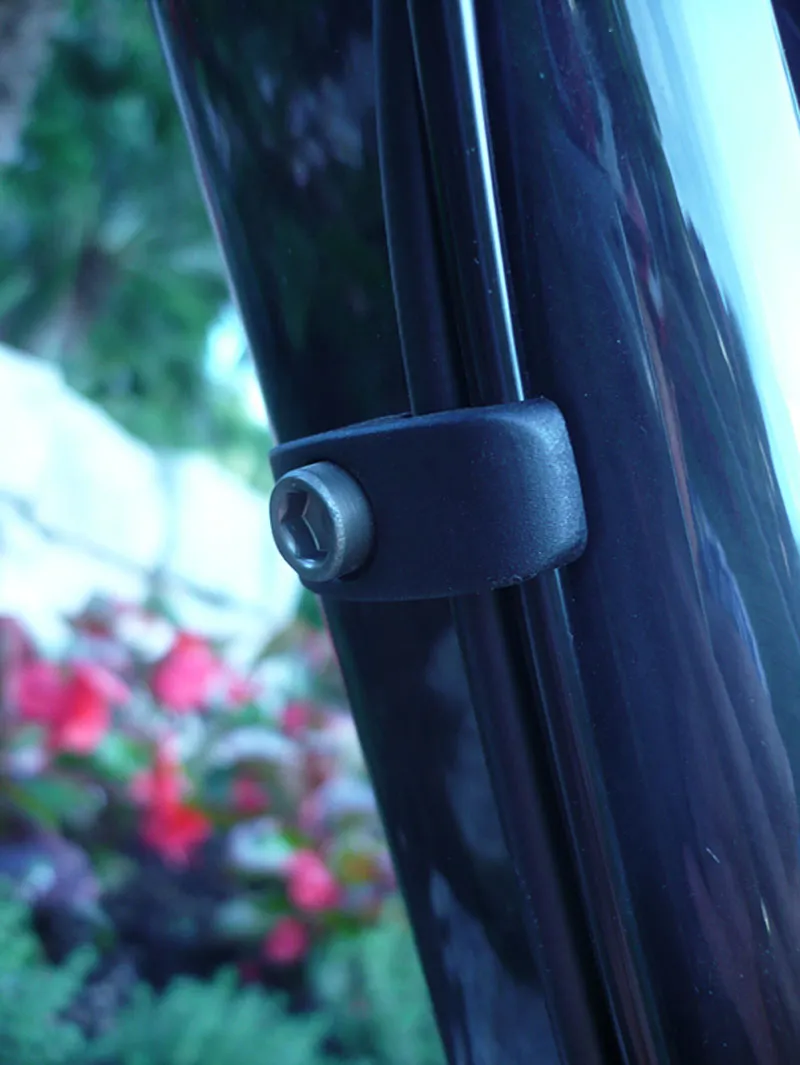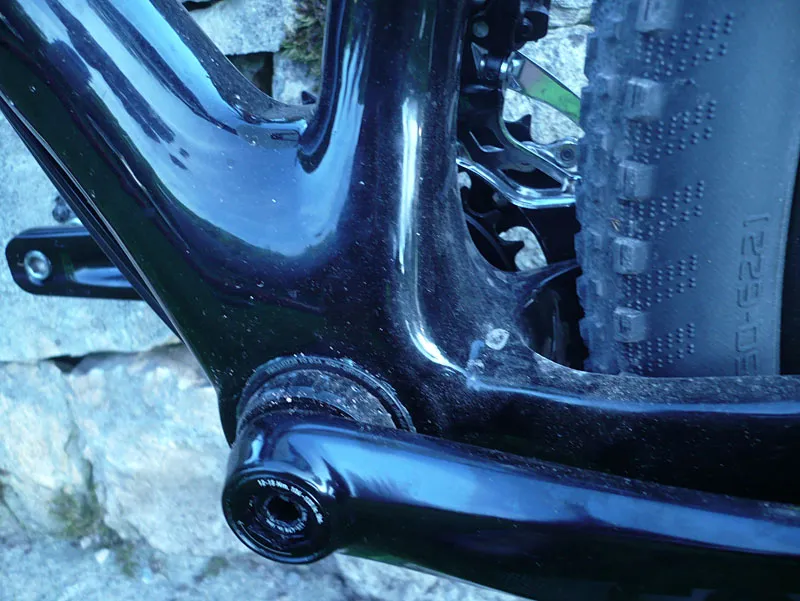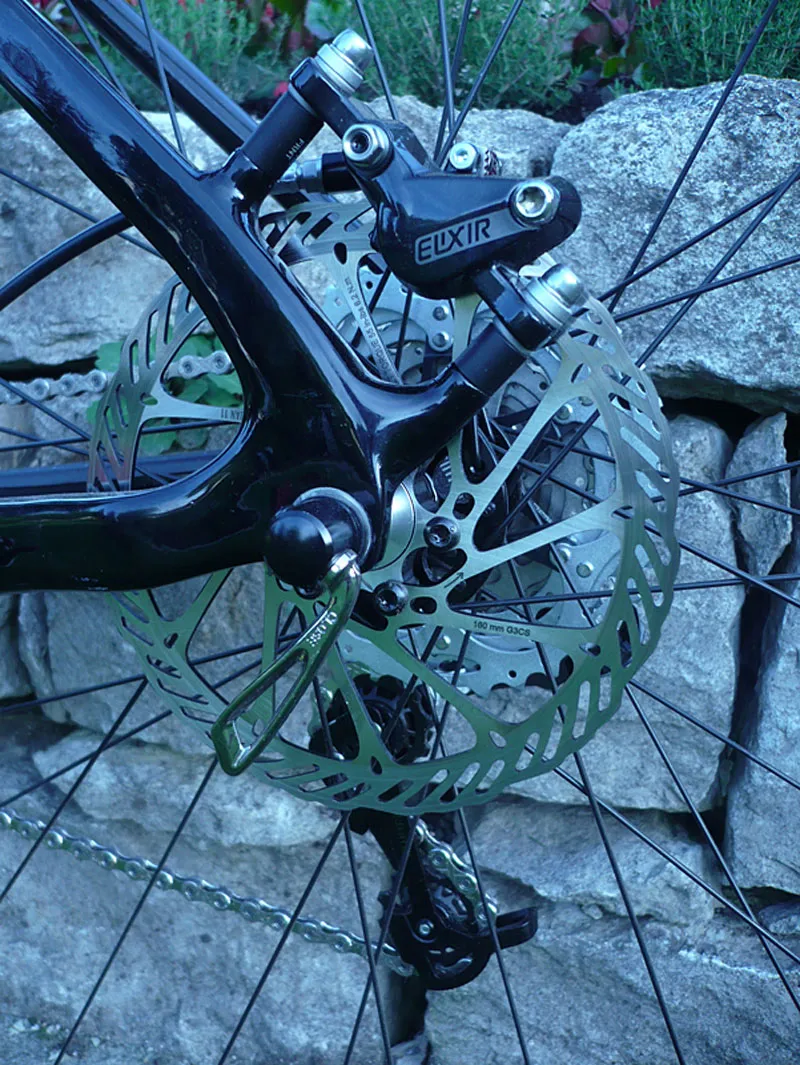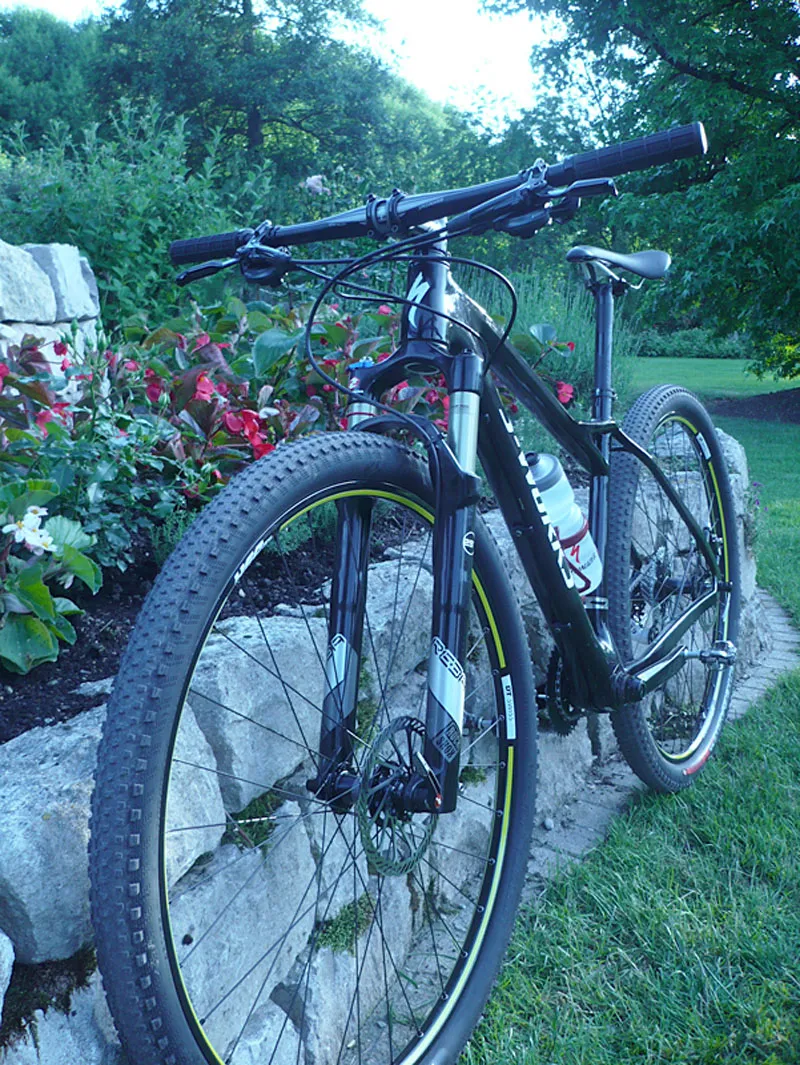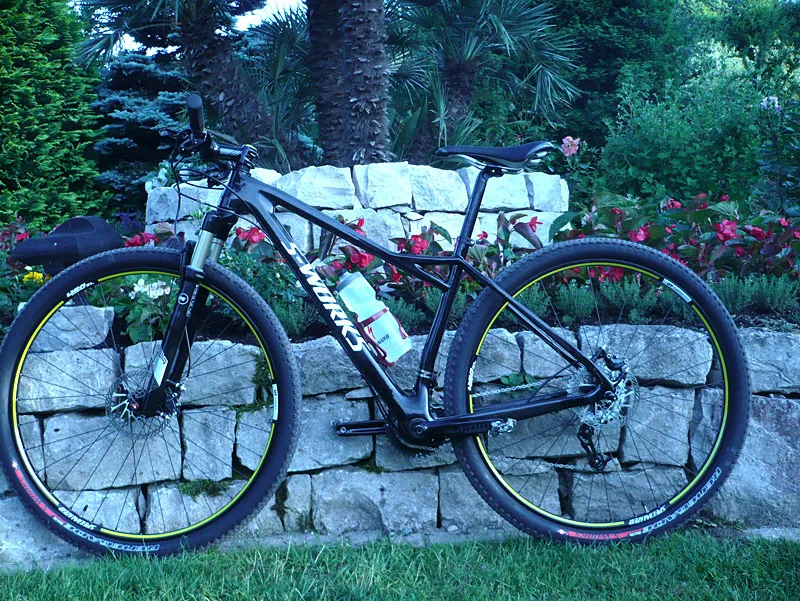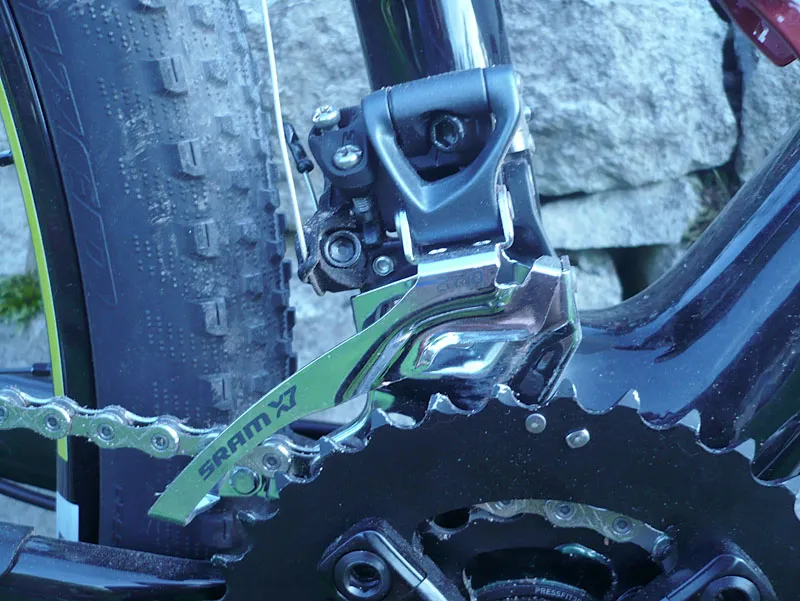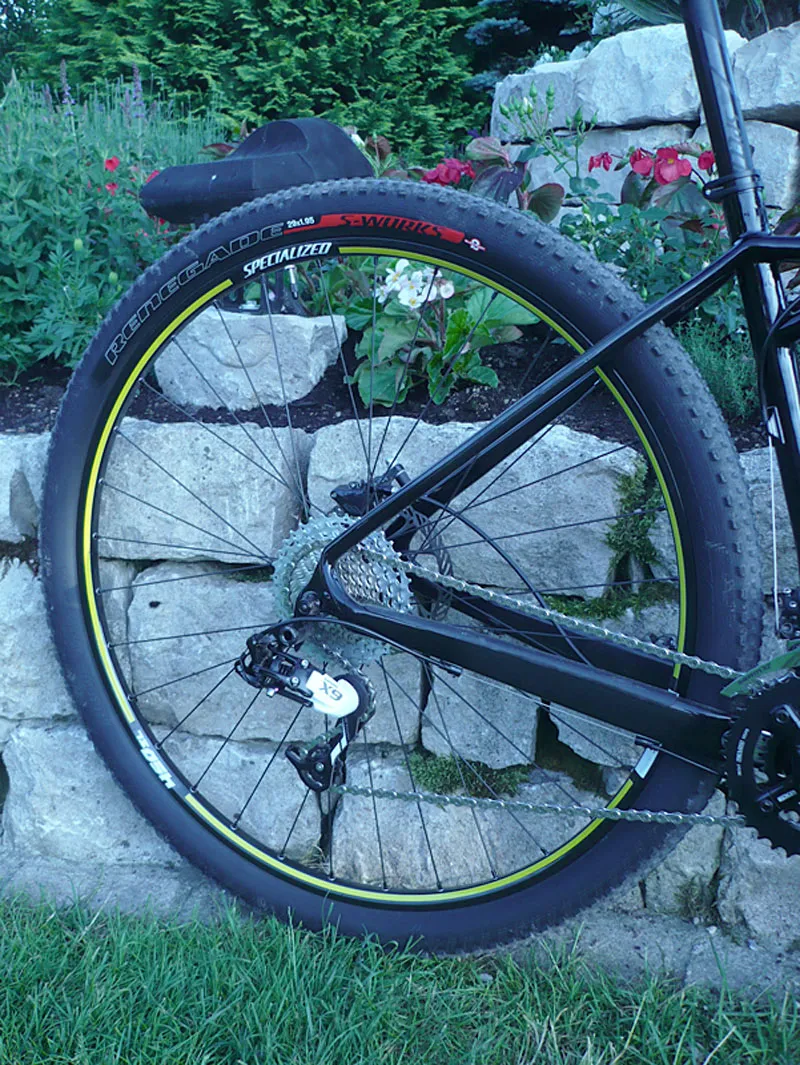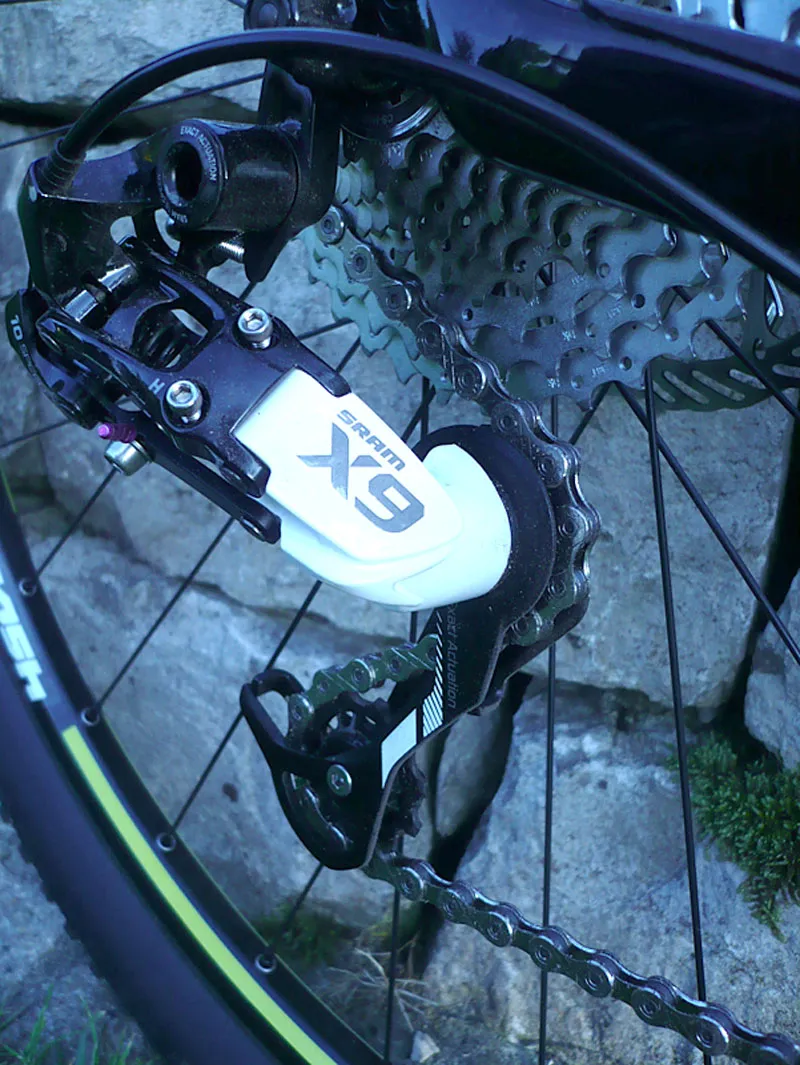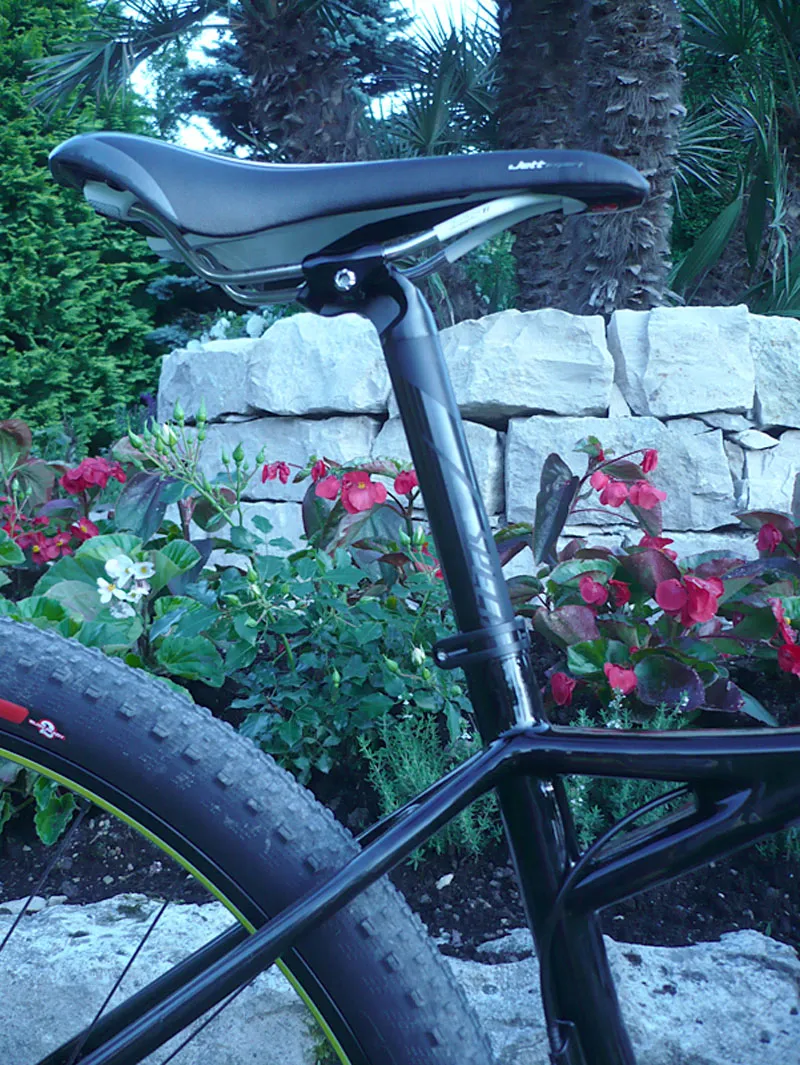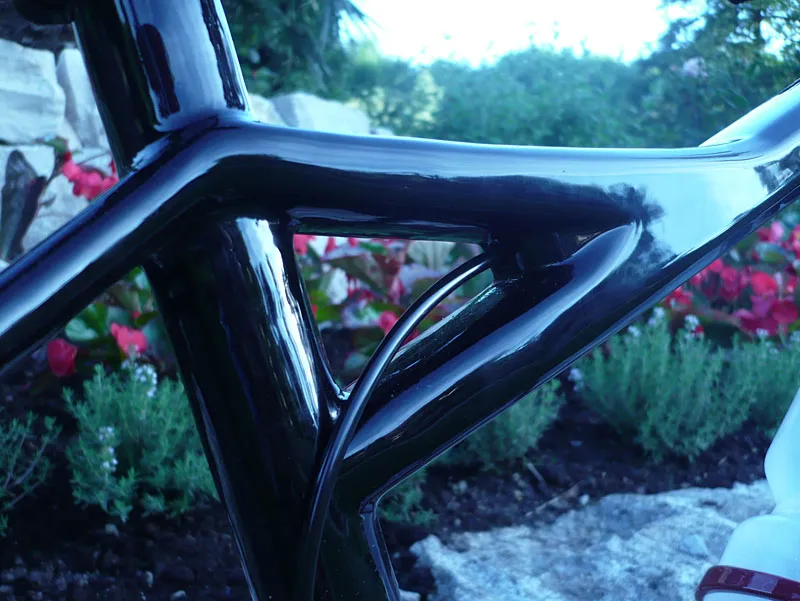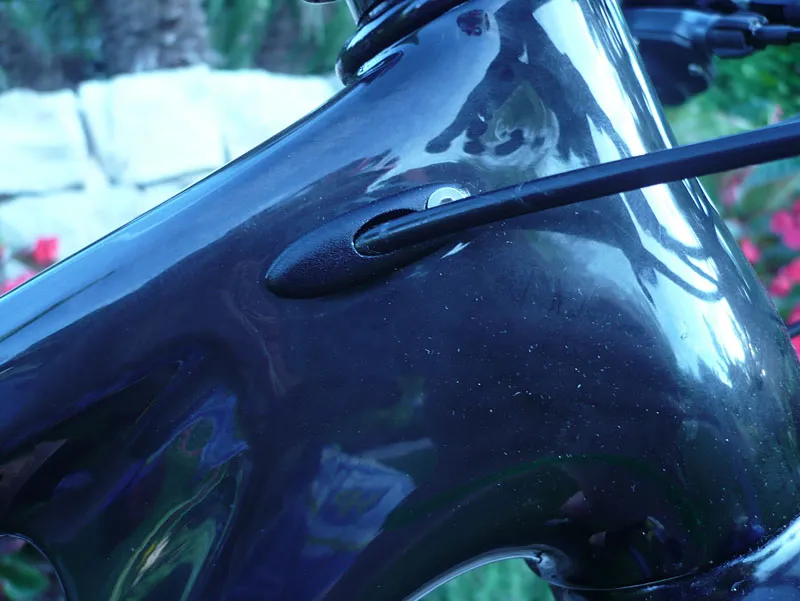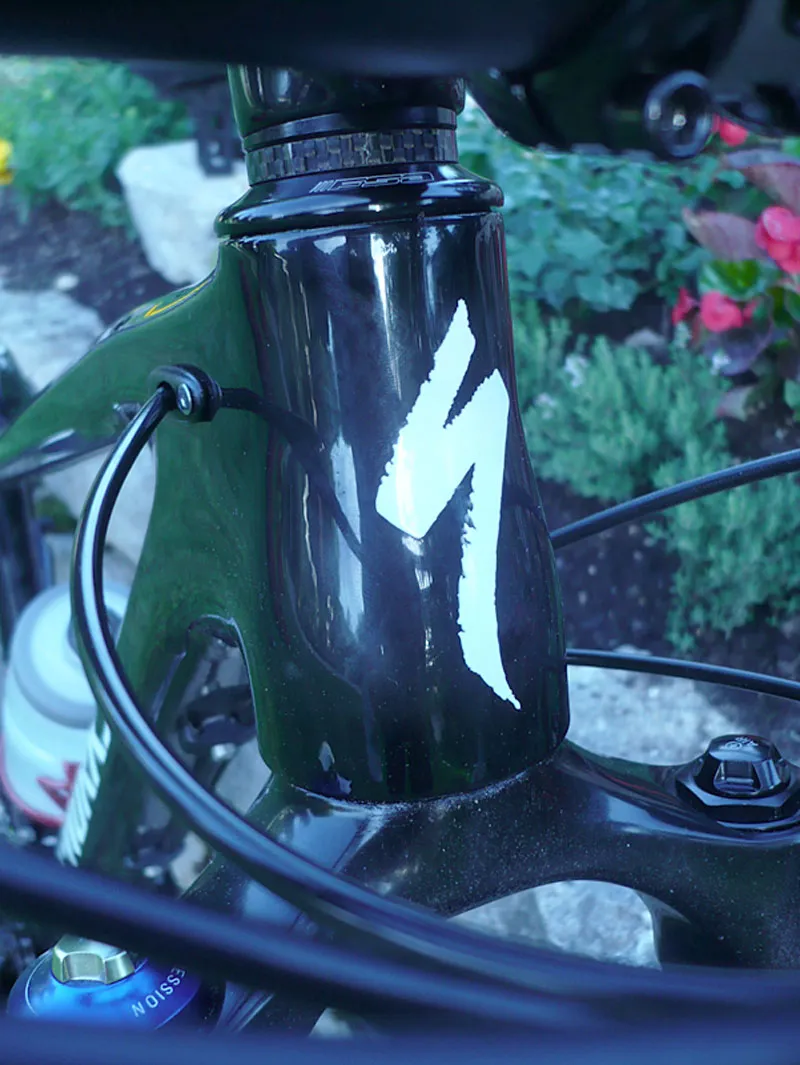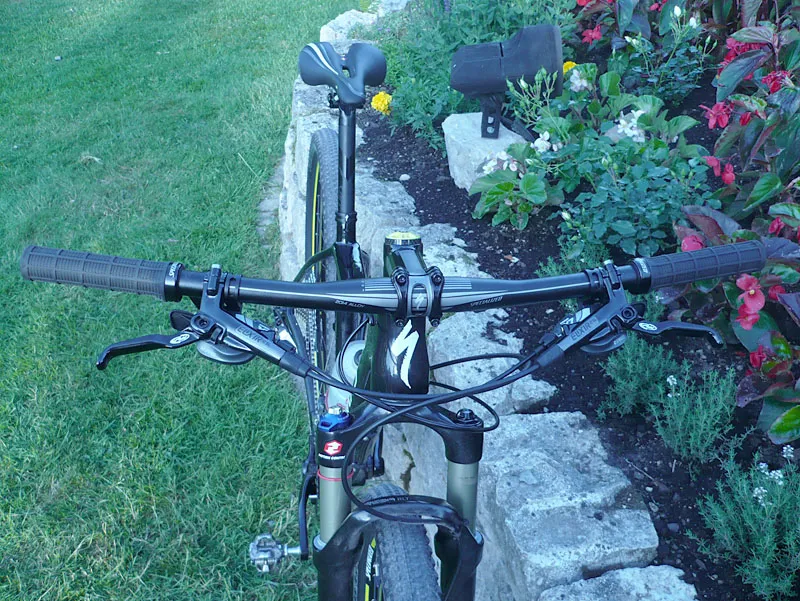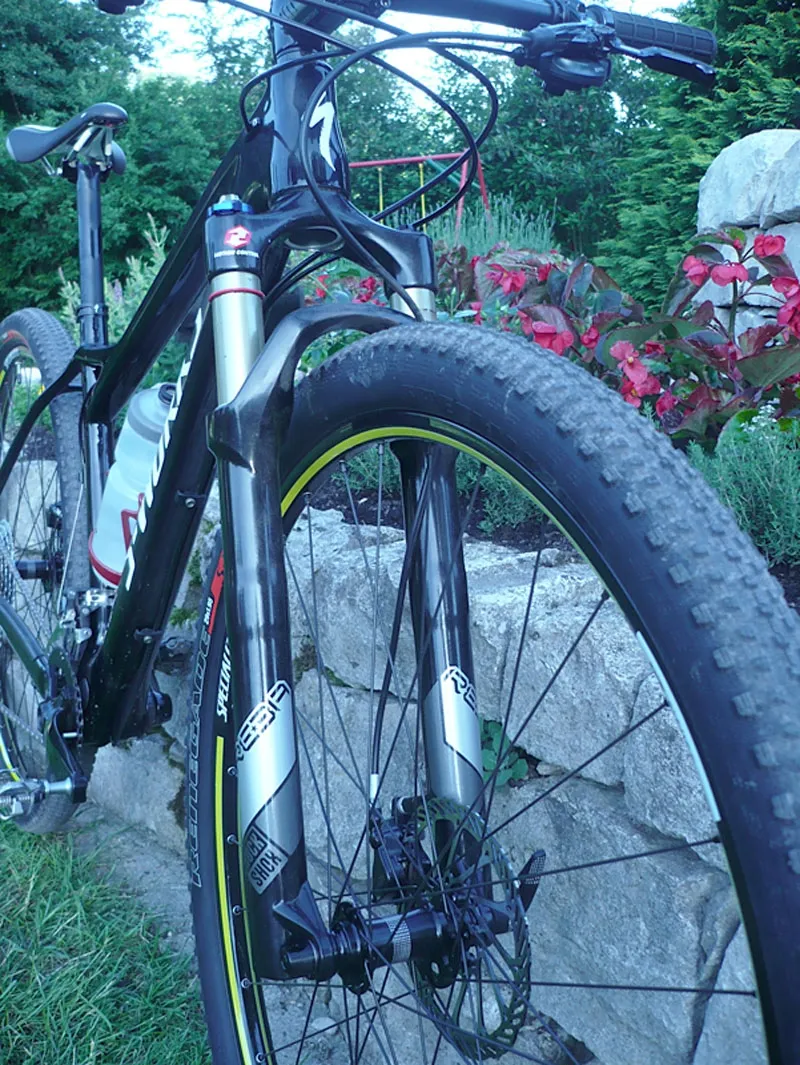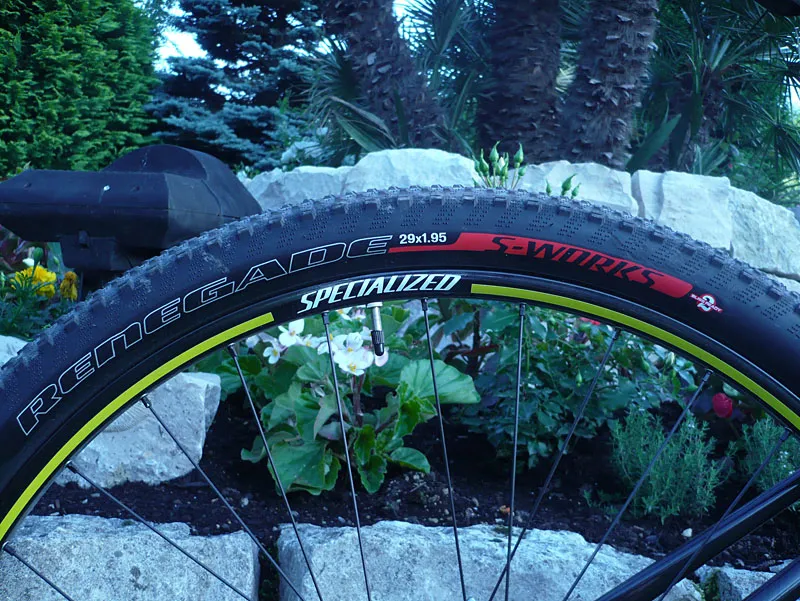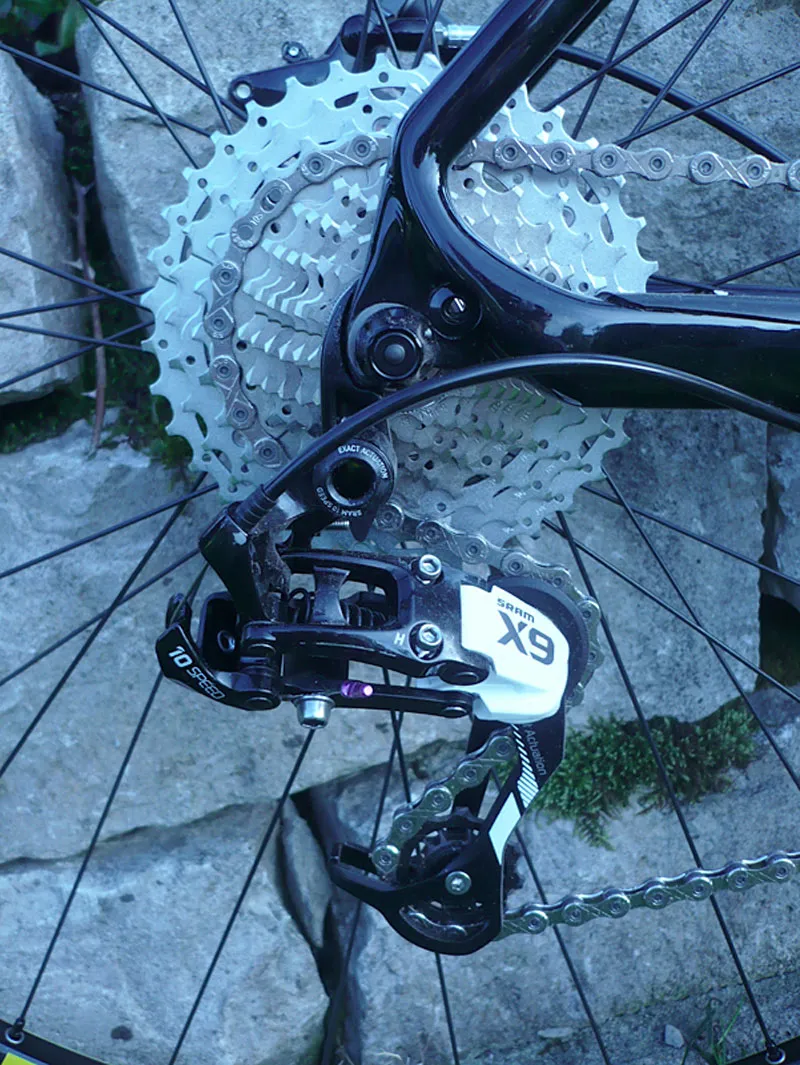Specialized has launched the Fate, the first ever women's carbon 29er hardtail mountain bike. It's a trail-capable, race-ready mountain bike designed for - and mostly by - women.
The 2012 model bike was raced at the Offenburg round of the Mountain Bike World Cup, where Team Specialized's Lea Davison raced it in the eliminator on Friday evening while Lene Byberg raced hers to fifth place in Sunday's cross country.
The Fate is the second 29er that Specialized has built for women, but it is the first performance-oriented 29er for women. The more entry level aluminium Myka Expert and Comp 29er hardtail, which became available earlier in 2011, were the company's first foray into 29ers for women.
The Fate has a more racing-oriented geometry than the Myka and, in keeping with its more aggressive intentions and higher end components, the bike is also lighter.
The Fate will be available in stores in September in two models: the Comp and the Expert. Each will come in three sizes: 15", 17" and 19". Pricing is not yet finalized, but is expected to come in between US$3000-4000 (in contrast to the Myka, which costs $1250).
From concept to reality
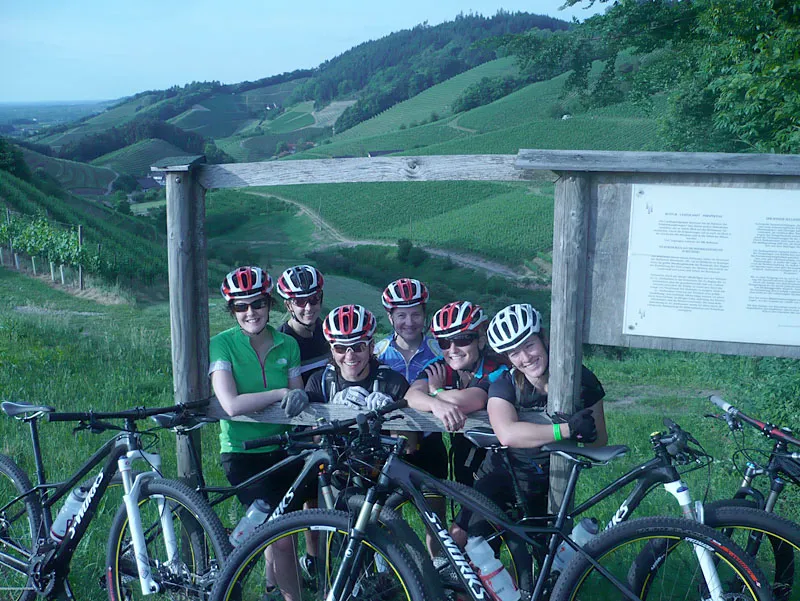
Specialized launched the all new 2012 Fate to female journalists in the picturesque area of Offenburg, Germany
It took about 12 months for the Fate to go from concept to pre-production, and its development was a natural progression for Specialized's product line following the completion of the Myka.
"When I first got my Myka, I made significant changes to it," said Amy Shreve, a member of the Specialized women's product development and marketing team. "I tried to make the Myka more aggressive by dropping my front end (stack height) and decreasing the amount of suspension (from 80mm stock to 70mm customized). She was trying to get longer and lower on her bike.
Specialized has had high interest in 29ers from both male and female customers and saw the potential of having a higher end women's 29er. "We had tested the market with the Myka and while 29ers have been getting more resistance to adoption in Europe, we've had huge demand," said Kim Hughes, another member of the Specialized women's product development and marketing team. "We have 32 different 29ers at Specialized. They are selling so fast that we can't keep them in stores."
Hughes said Specialized has noticed that women have been slower to adopt 29ers than men. Part of the reason is that many shorter women believe they are too small to fit on a 29er. And in fact, looking at the geometries of bikes like Specialized's popular Stumpjumper hardtail 29er (for which the smallest size is a 15.5"), that observation proves true for many women although possibilities for smaller female riders vary by manufacturer and model.
The Fate's geometry will naturally position female riders lower and longer than they would be on the Myka. For example, on the 15" Fate, a 10mm shorter headtube drops the front end of the bike, an 8mm longer top tube puts women in a longer, more racing-oriented position while 17" and 19" Fates have 20mm shorter head tubes. With 6mm shorter chainstays for all sizes, the Fate also climbs better and ends up with a shorter wheelbase (14mm for a size 17, for example) for quicker handling than the Myka.
One of the biggest issues encountered during the design process was addressing toe overlap, a common problem on smaller bikes, especially those with shorter wheelbases. To address this, the small 15" bikes were designed with a 51mm fork offset while the 17" and 19" frames will feature the standard 46mm offset.
"In making this bike, we looked at different geometries," said Shreve. "We built up mules with different geometries and rode them to try them out before we went into pre-production carbon versions."
In its women's line-up, Specialized has been dedicated to low standover heights and the Fate is no exception. A gusset is incorporated at the junction of the seat tube and top tube which enables the relatively lower top tube for greater standover. For example, a women's 15" has a standover height of 715mm.
Designers had set a goal of 1200g for the frame weight, and they succeeded in producing a 1100g frame for the 15-inch version of the bike. The frame is made of 8R grade carbon.
"I always hear from our female customers that the bike has to be lightweight for riding, hike-a-biking and even just putting it on the car," said Shreve.
Each of the three sizes has its own carbon layup, with the intention of producing the same ride quality across the range as the rider's size and weight increase with bike size. The layups have been created with the weights and anthropometry of average female riders in mind. Relative to a non-women's specific Specialized bike, the Fate has thinner tubes in terms of overall diameters and wall size. This is because the bikes do not have to be as stiff to accommodate the average heavier male rider.
Race ready specs
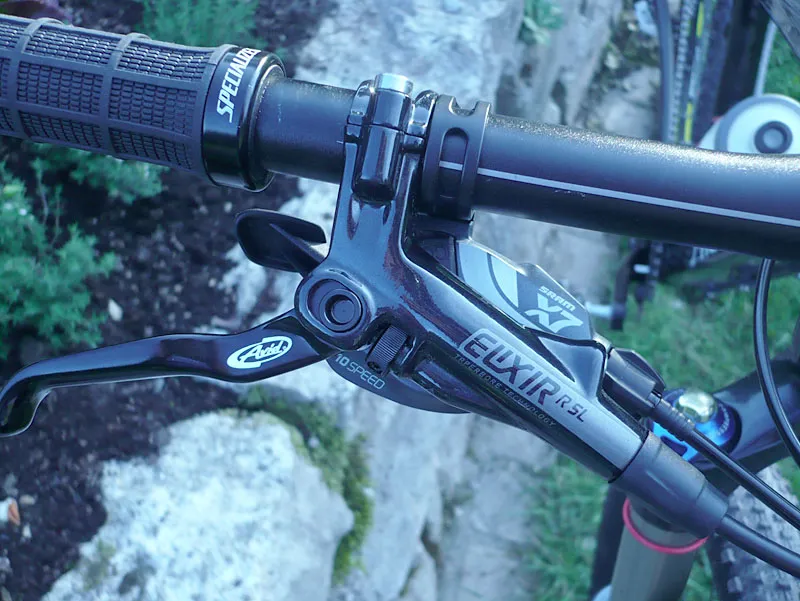
Avid Elixir 5 SL brakes and SRAM X.7 shifters are part of the cockpit
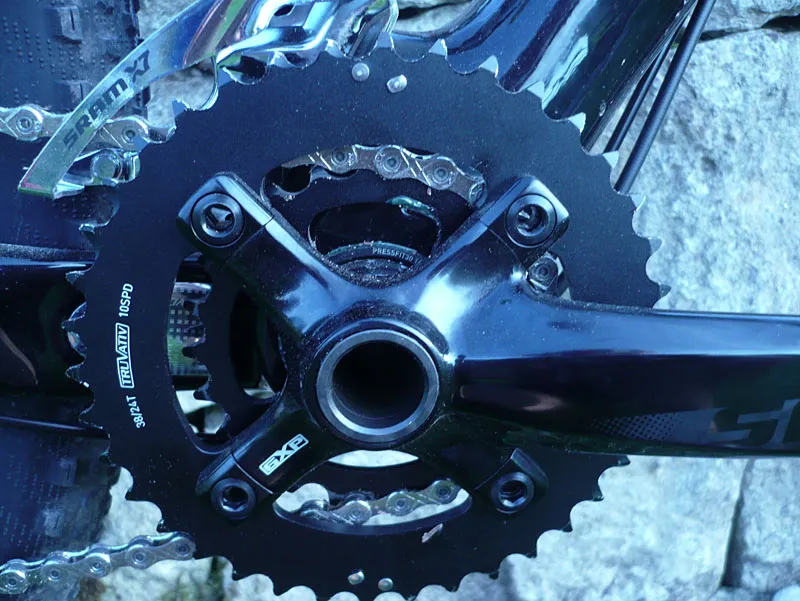
SRAM S1250 Aluminum cranks on the Specialized Fate 29er
Given its racing and serious trail riding intentions, the Fate will come with two possible race-ready specs. The higher end Fate Expert will feature the 2012 Rock Shox SID 29 with Specialized's Brain and 80mm of travel (with adjustable positive and negative air chambers for maximum suspension tuning), SRAM XO rear derailleur, SRAM X9 front derailleur and shifters, Specialized Roval Control 29 wheels and SRAM XO World Cup brakes. The lower end Comp model will feature a 2012 Rock Shox Reba RL 29 fork with 80mm of travel, SRAM X9 rear derailleur, SRAM X7 front derailleur and shifters, Specialized Roval 29 wheels and Avid Elixir 5 brakes.
The 15" and 17" bikes will come with 80mm of front travel while the 19" bike will come with 90mm travel.
Both models will include a 2 x 10 drivetrain with 22-36 front chainrings and 11-36 rear cassette - a nod to the desire of many women to spin up climbs rather than push larger gears.
Also keeping in mind the smaller proportions of most women relative to men on the smaller sized bikes, the Fate comes with relatively shorter cranks than you might find on standard non-women's bikes. The 15", 17" and 19" bikes feature 165, 170 and 175mm cranks respectively. All are SRAM SC-1250 aluminium crank sets custom made for Specialized.
S-Works Renegade 1.95 tires on the front and rear provide the traction. The Controls are on the Comp while the S-Works versions are on the Expert.
A flat bar (660mm) and cross country locking grips grace the cockpit and the bike features a standard 27.2 seatpost holding a women's Jett saddle. There is one water bottle cage, which easily fits a large waterbottle, on the downtube.
The ride: first impressions
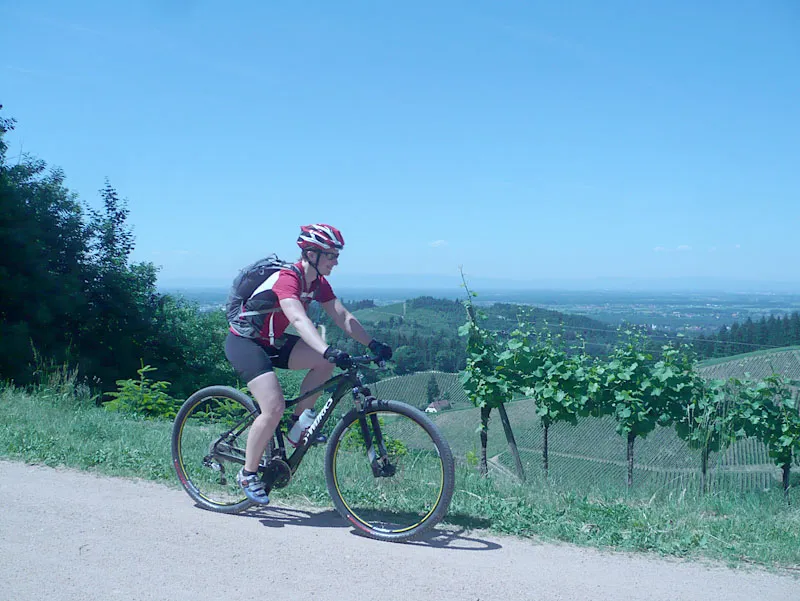
Hughes explained the benefits of riding a 29er platform. "It's more stable and more efficient over rough terrain. Why wouldn't any woman want that? The 29er advantages are equally valuable to men and women," said Hughes.
"The hardest part is getting women on a 29er. Once they try one, they usually love it."
Indeed, at the product launch, none of the female journalists had ridden a 29er previously except for us at Cyclingnews.
With only a few pre-production bikes in existence, Cyclingnews took one of the medium 17" bikes out for a spin on roads and trails in the Black Forest and on some of the trails of the Offenburg World Cup course. The bike we rode had a mix of components on it but was closest to the Comp version in spec. Note that the production bikes will not say S-Works on them because the S-Works label only goes on bikes with 11R carbon.
Our pre-production bikes were all painted black, but the production Expert frames will have a raw carbon with satin finish and white highlights while the Comp will have a carbon with glossy finish and electric blue highlights.
"We pay attention to the color palette," said Hughes of the company's strategy to use neutral colors rather than colors such as pink or other pastels often associated with women's bikes and gear. "There won't be any flowers or pink colors on the bike!" she said emphatically. The scheme is expected to be subtle enough that riders will have a wide variety of color choices for accessories and replacement components should they choose to get creative with its presentation.
We got to ride the bike for several hours over the weekend, mostly on fireroads (due to limited legal singletrack in the Black Forest area). However, we did get to ride some uphill, downhill and level singletrack, including singletrack portions of the technical Offenburg World Cup course. It was no problem to get behind the seat when necessary on the course's super steep drops of varying lengths.
The bike felt well balanced front to back and rode gracefully over the terrain. Though we didn't encounter any hike-a-bike sections which forced any bike carrying, it felt light (production bike weight TBD - Ed.) whenever we had to pick it up to do stairs at the hotel and while we were riding up steep hills. We had no issues with toe overlap - plenty of clearance.
The Fate climbed well and had the usual roll-over-anything-more-smoothly feeling of the 29er platform though we didn't have the opportunity to take it over any rock gardens.
Relative to the equivalently sized men's Specialized Stumpjumper hardtail 29er we've ridden, we noticed the Fate's frame overall felt smaller and easier to handle (though we still felt very correctly and comfortably positioned on the Fate). A shorter wheelbase made the bike feel a bit more quickly manipulated as well and we appreciated feeling like we could get the cockpit to a relatively lower position compared to the saddle - it was possible to get into a long and low position typical of many racers and serious riders - something that can be hard to achieve on some smaller 29ers.
We'd appreciate more forgiving grips, grippier tires and a narrow saddle, but those are all personal preferences and racing-oriented riders will, of course, expect to switch out those items for their personal favorite components upon acquiring the bike.
Racing the bike
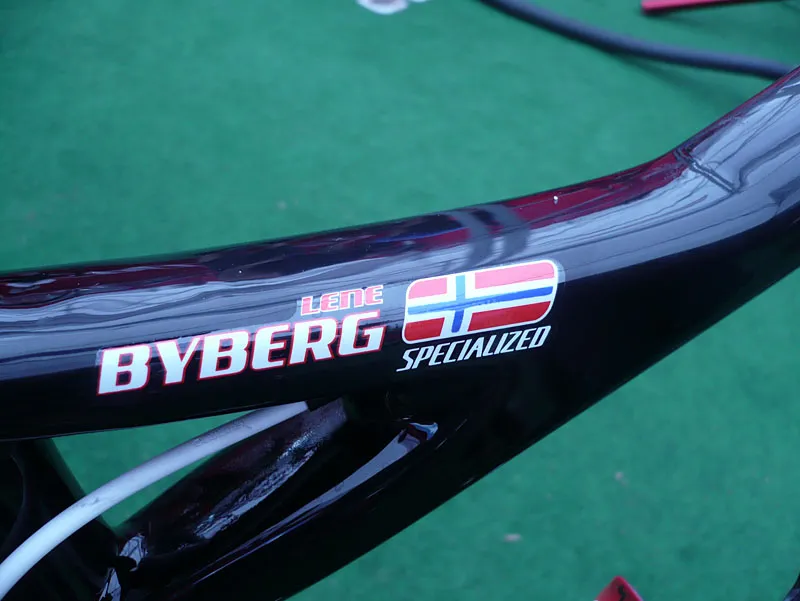
Customization for Lene Byberg
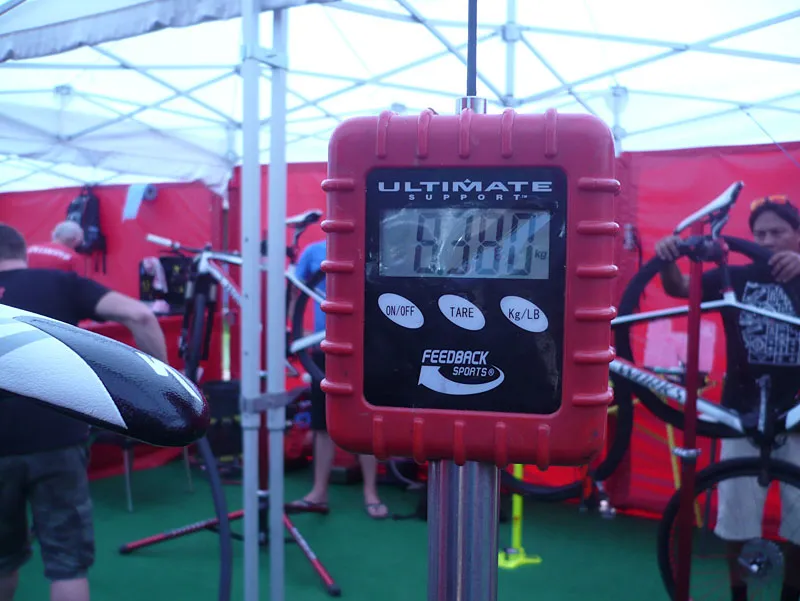
It's light, too
The Fate made its racing debut at the Offenburg World Cup in Germany. Lea Davison raced it in the eliminator on Friday evening while Lene Byberg raced hers to a World Cup podium fifth place in Sunday's cross country. Both riders had received their bikes and built them up on Wednesday. With just a few days to ride them, they were still getting used to the rigs on the weekend.
Women on the Specialized Team are generally required to race women's bikes, and the Fate gives the racers a new tool for their arsenal. The riders already have access to the 26" Specialized Era, but like customers, some of the team's riders had been requesting a 29" lightweight race bike.
Both Byberg and Davison were riding S-Works grade carbon versions of the frame although their geometries were the same as standard Fates. Their bikes' modifications included running the team's standard wheels and forks and custom skewers. Other mods included a riser bar for Byberg while Davison said she'd also run the Specialized Fast Trak tires, with more tread to hook up.
"My new bike was awesome," said Byberg after her race. "It's always different to jump on a new bike and just ride it. I got it all together on Wednesday. I had Thursday to train properly on it. So I had a few days. It's a little difficult for me to say how it is because I'm not used to the 29er yet. I'd never ridden a 29er in a World Cup race."
"I decided on Friday to ride the Fate and I committed to it so I could train on it on Saturday on the course. I didn't want to keep switching back and forth on the day before the race by trying laps on each."
"I put riser bars on it. Normally I ride a flat bar with bar ends. I think the riser bars made me control the bike much better. I had no problems with being too high up - I felt very comfortable on the bike."
Davison will race her Fate at the Santa Ynez Triple Crown finals this weekend.
